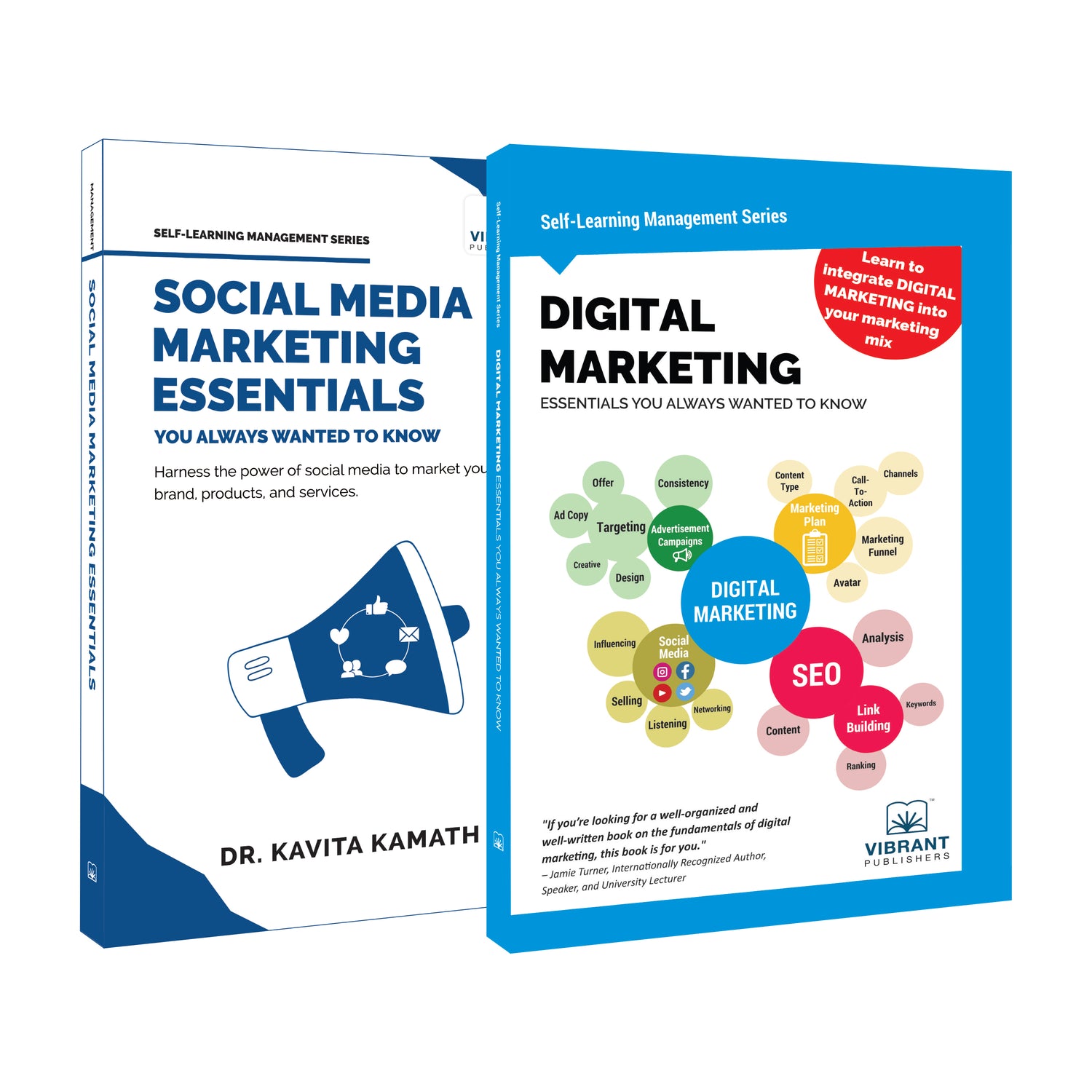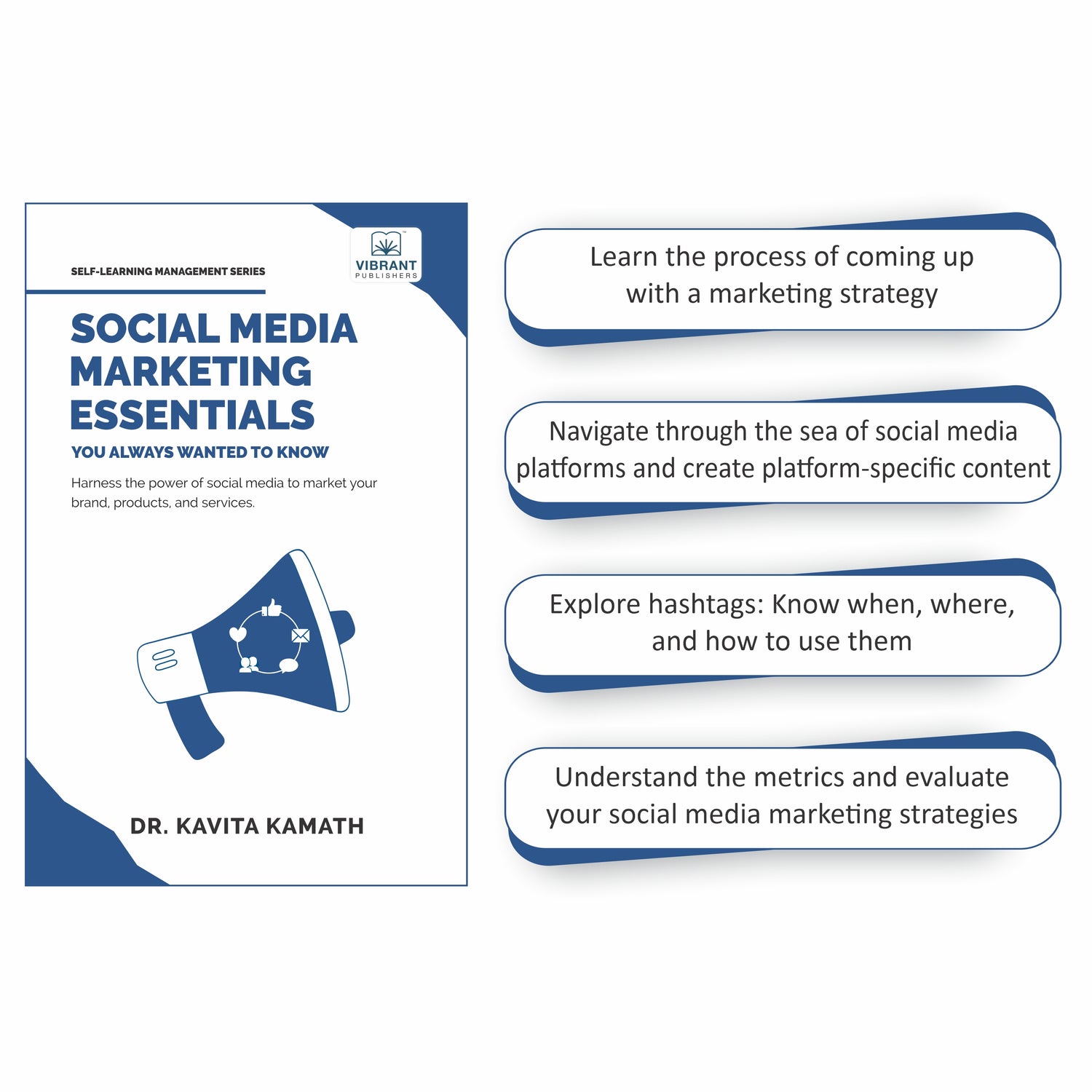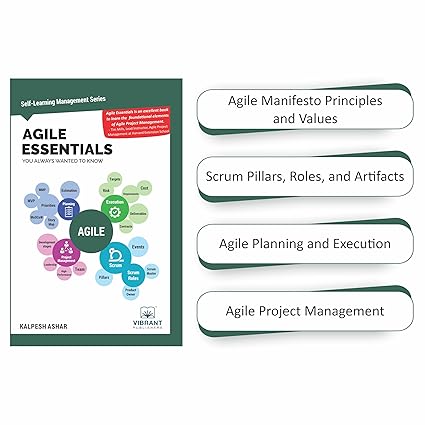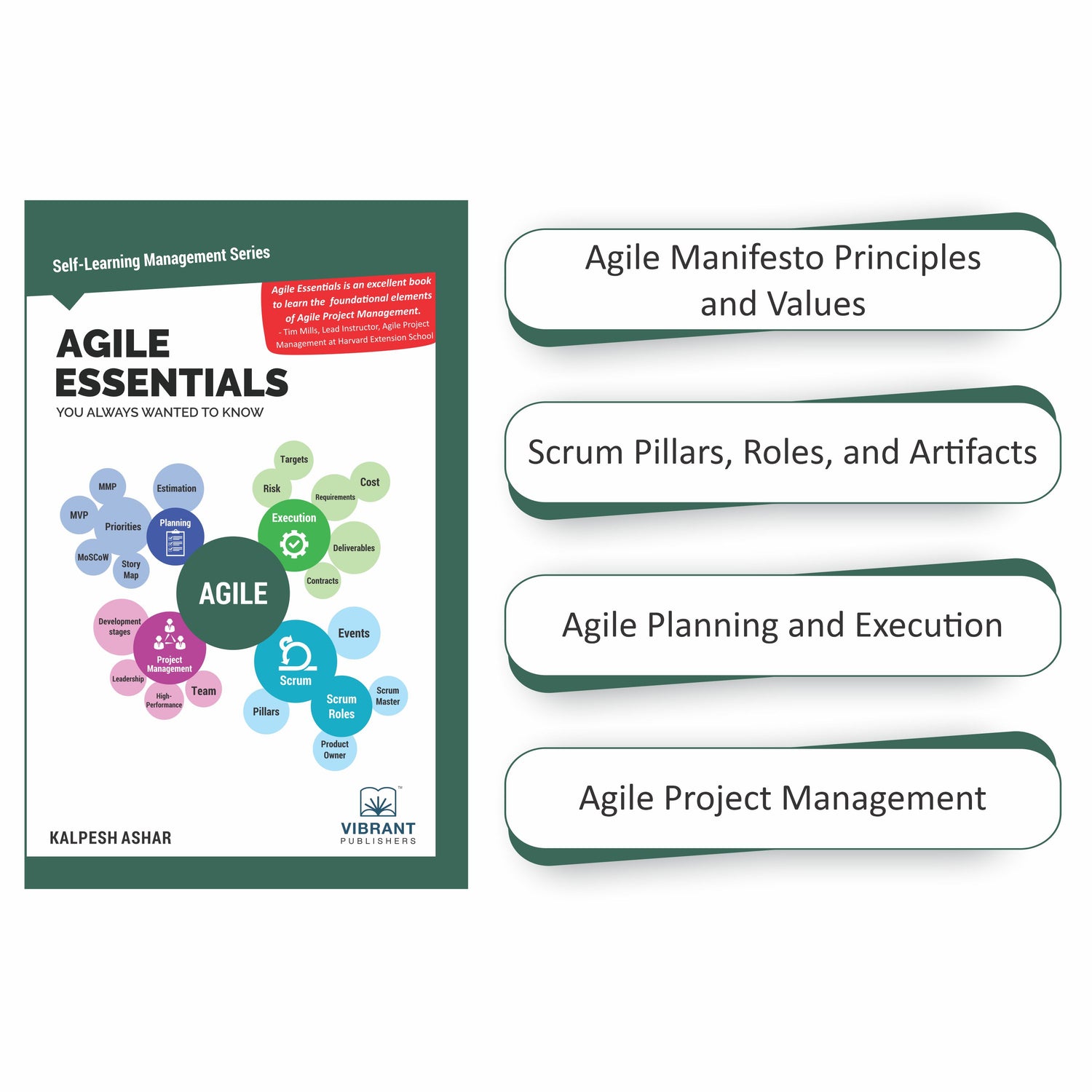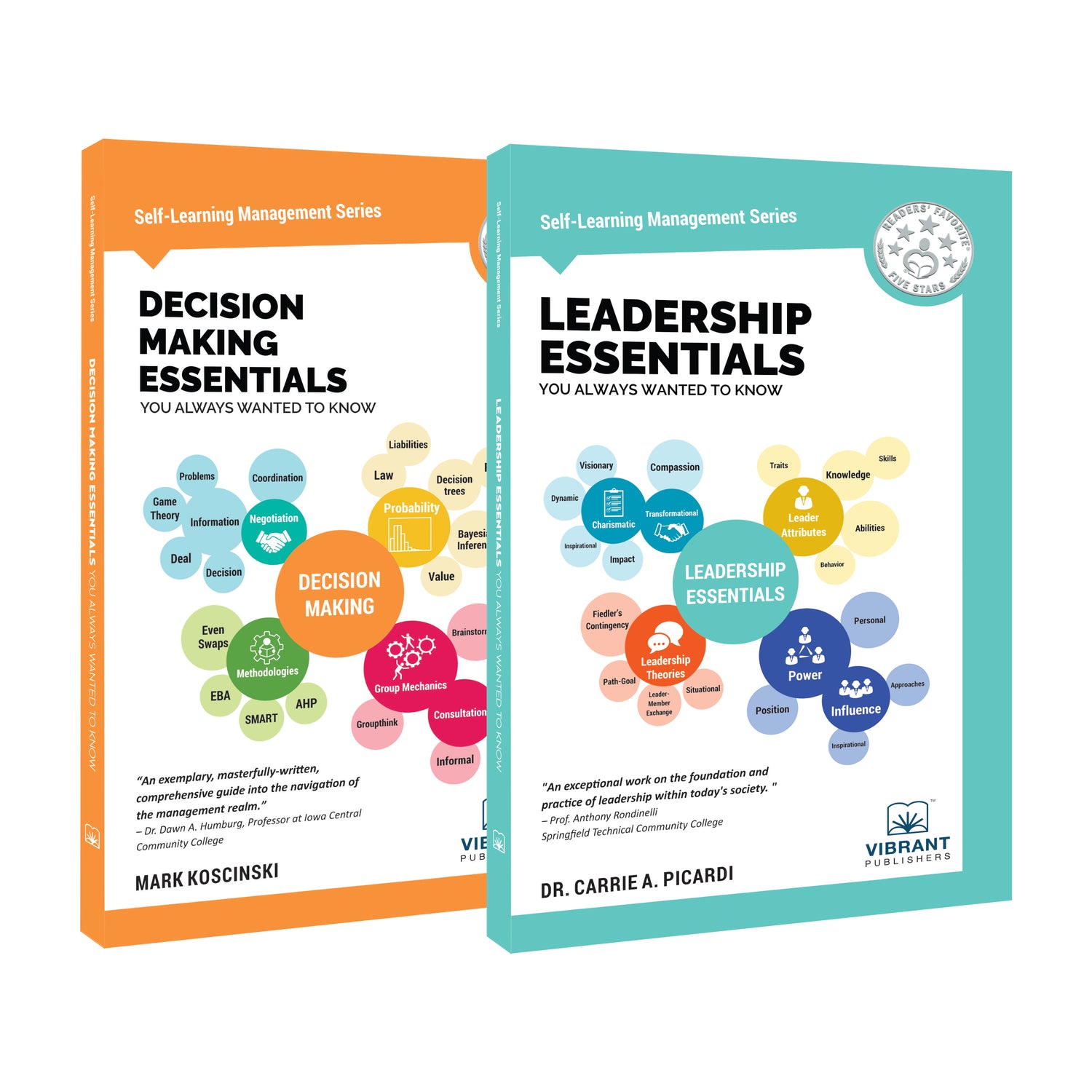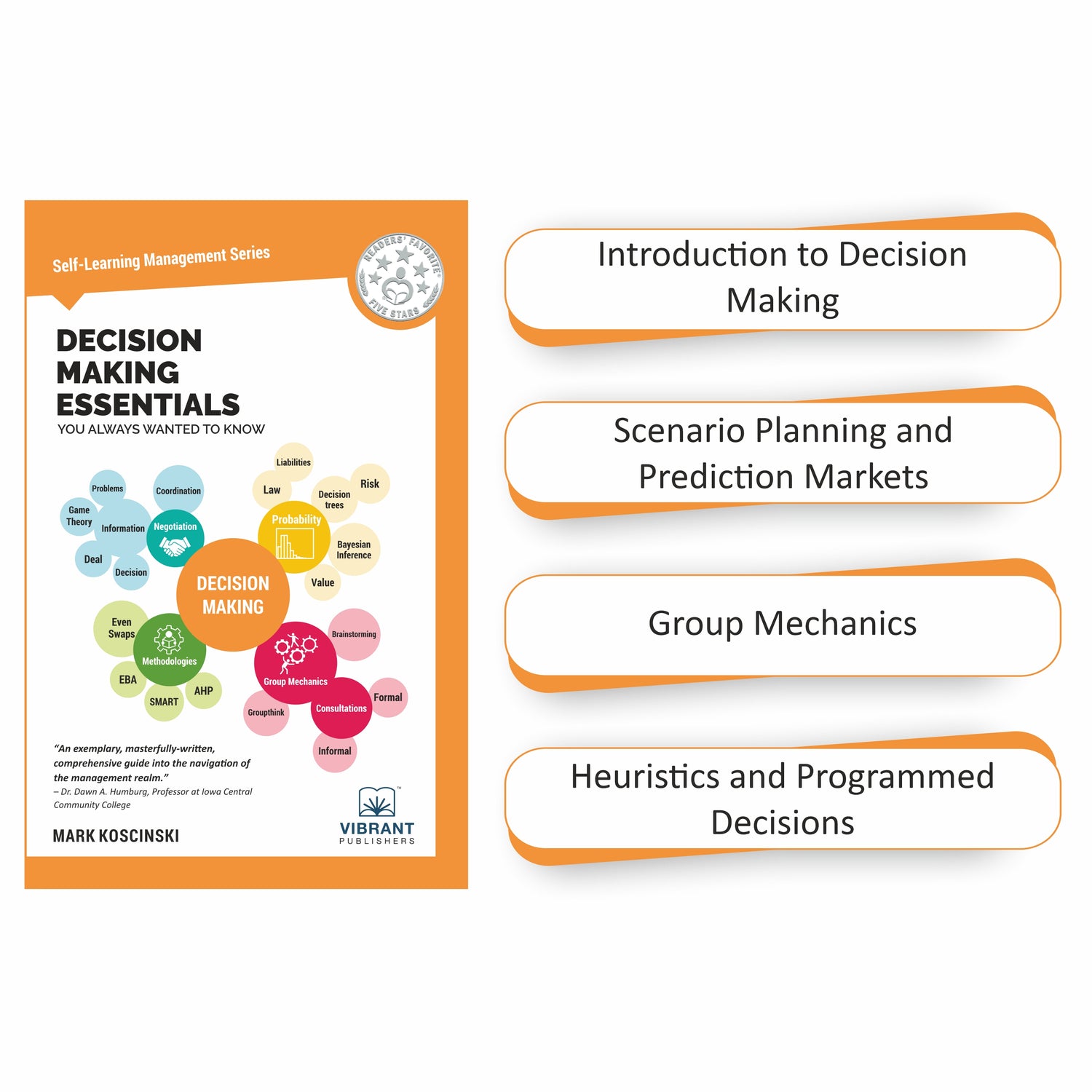
Why Power BI Is Indispensable for Managers
In today’s fast-paced business environment, making informed decisions is a game-changer. Across industries, managers face a daily influx of overwhelming data, and the real challenge lies in extracting actionable insights. Whether it’s manufacturing, finance, healthcare, or retail, similar obstacles arise time and again. These challenges not only slow down the decision-making process but also create inefficiencies that ripple across the organization.
To overcome these uncertainties, managers need tools that not only process large volumes of data but also present it in a clear, actionable format. This is where Microsoft® Power BI comes in. Power BI is an influential tool that allows managers to visualize, analyze, and leverage data for premeditated advantage. In this post, we’ll explore how Power BI caters to managerial needs and why it is an inevitable tool for every manager and professional.
The Challenges
While the need for data-driven decisions is clear, managers often find themselves stuck at critical points in the process. The problem isn’t just about having too much data—it’s about dealing with data that’s fragmented, inconsistent, or difficult to interpret. These deeper, structural issues often become the real roadblocks to timely and effective decision-making. Let’s understand some of these challenges faced by managers:
Data overload: There is too much data, as most organizations collect data from virtually every touchpoint. This includes sales platforms, Enterprise Resource Planning (ERP) systems, customer service tools, marketing campaigns and more. But with so much data coming in, clarity is often lost. Instead of enabling quick decisions, this abundance leads to information overload. As a result, managers spend more time trying to find the right data than using it to make decisions.
Siloed information: In many organizations, different departments use distinct tools. For example, finance has one system, marketing another, and operations yet another. This leads to siloed information and a fragmented view of the business. With data scattered across various systems and formats, teams often work with incomplete information, making cross-functional alignment difficult.
Time constraints: Managers are expected to make data-driven decisions, but with frequent meetings, team management responsibilities, and tight deadlines, there’s often little time to manually crunch numbers or wait for reports by Information Technology (IT) teams. The bottleneck here is that, ultimately, the insights take too long to generate, and by the time they’re available, they’re often already outdated.
Inconsistent reporting: When reports are manually prepared in Excel or PowerPoint across teams, discrepancies are inevitable. For example, one version may say revenue is increasing; another shows it's not. This lack of standardization undermines trust in the data. Time is wasted reconciling numbers, and decision-making is delayed due to unreliable reports.
Such barriers can slow down operations, reduce agility, and blur strategic direction. Microsoft Power BI Essentials You Always Wanted to Know addresses these issues precisely by empowering data enthusiasts with the skills to navigate data confidently using Power BI.
Power BI as the Solution
Power BI addresses challenges faced by organizations and managers head-on with its intuitive interface and robust functionalities. Data modeling and visualization tools in Power BI emerge as solutions against the data overload that allows managers to consolidate, filter, and visualize only the data that matters.
By creating dashboards focused on Key Performance Indicators (KPIs) and business goals, managers can cut through the noise and focus on what drives results. To overcome the hurdle of scattered information across different systems and formats, Power BI can connect seamlessly with dozens of data sources. The common sources include Excel and SQL databases, to cloud services like Salesforce and SharePoint.
With a unified analytics platform, managers can bring together insights from across the business and collaborate using a single version of the truth. Self-service capabilities in Power BI put analytics in the hands of business users. With drag-and-drop interfaces, reusable report templates, and real-time data refreshes, managers can generate insights on demand, and no coding is required. Using Power BI, organizations can standardize their reporting formats and automate report generation. Managers get access to consistent, up-to-date dashboards that everyone can rely on.
Let us see how Power BI stands out:
- Data integration: Connects seamlessly with multiple data sources, including Excel, SQL Server, cloud services, and Application Programming Interfaces (APIs).
- Ease of use: User-friendly tools enable managers to create dashboards and reports without technical expertise.
- Real-time insights: Live dashboards and automatic updates keep managers always informed.
- Customization: Tailored visualizations cater to specific managerial needs.
Key Features of Power BI for Managers
To effectively navigate today’s data-driven landscape, managers need tools that are not only powerful but also interactive and time-efficient. Power BI stands out by offering a suite of features tailored to managerial needs—streamlining data access, simplifying analysis, and enabling smarter, faster decisions. Below are some of the key features that make Power BI an indispensable tool for managers across functions.
Interactive dashboards: Dashboards in Power BI allow managers to drill down into data for a granular view. For instance, a sales manager can analyze regional performance trends and product-level data with just a few clicks. They can find out why a particular region’s sales dipped last quarter.
Advanced visualizations: Power BI offers a wide range of visual elements like bar graphs, pie charts, heat maps, and trend lines, that make it easier to interpret complex data. Human Resource managers, for instance, can track employee attrition or engagement trends visually, gaining better insights for action.
Collaboration tools: Real-time dashboards can be shared securely with stakeholders across departments, ensuring everyone is aligned on strategic objectives. Whether it’s weekly revenue updates or customer service metrics, everyone works collaboratively and in alignment.
Predictive analytics: Power BI goes beyond reporting. Its built-in Artificial Intelligence (AI) and machine learning capabilities let managers forecast trends like customer churn or market fluctuations before they happen. This foresight enables proactive decision-making instead of reactive responses.
Use Cases Across Industries
The versatility of Power BI makes it valuable across a wide range of industries, each with its own unique data challenges and goals. Let’s explore how different industries are leveraging Power BI to drive data-backed actions and measurable results.
Retail: Monitor inventory levels, and track sales performance, and customer preferences to optimize supply chains and increase profit margins.
Healthcare: Analyze patient data, streamline workflows, and enhance service delivery.
Finance: Generate live dashboards to monitor cash flows, expenses, and profitability.
Managers don’t need more data; they need better ways to understand it. Power BI empowers them with the tools to break down silos, speed up analysis, and deliver consistent insights that drive real business impact.
Power BI is more than a tool—it’s a strategic asset transforming how managers interact with data. Simplifying complex datasets into actionable insights empowers managers to make smarter, faster decisions. If you want to stay ahead in today’s competitive landscape, embracing Power BI is the way forward.

Microsoft Power BI Essentials You Always Wanted to Know shares practical use cases, tips, and step-by-step guides tailored to the needs of non-technical business leaders and professionals. The goal isn’t just to learn Power BI but to use it to navigate the complexities of data analytics by transforming numbers into actionable strategies.
Find out more about the book here:
Link to the book: Microsoft® Power BI Essentials You Always Wanted to Know
Author: Dr. Sini V. Pillai
Press Release: Introducing Microsoft® Power BI Essentials: New NetGalley Release by Vibrant Publishers
Also Read:
What Is Business Analytics? Definition, Benefits, Trends, and Career Skills
Why Professionals Must Master Business Intelligence Skills in 2025
3 Unexpected Applications of Big Data Analytics
Share



